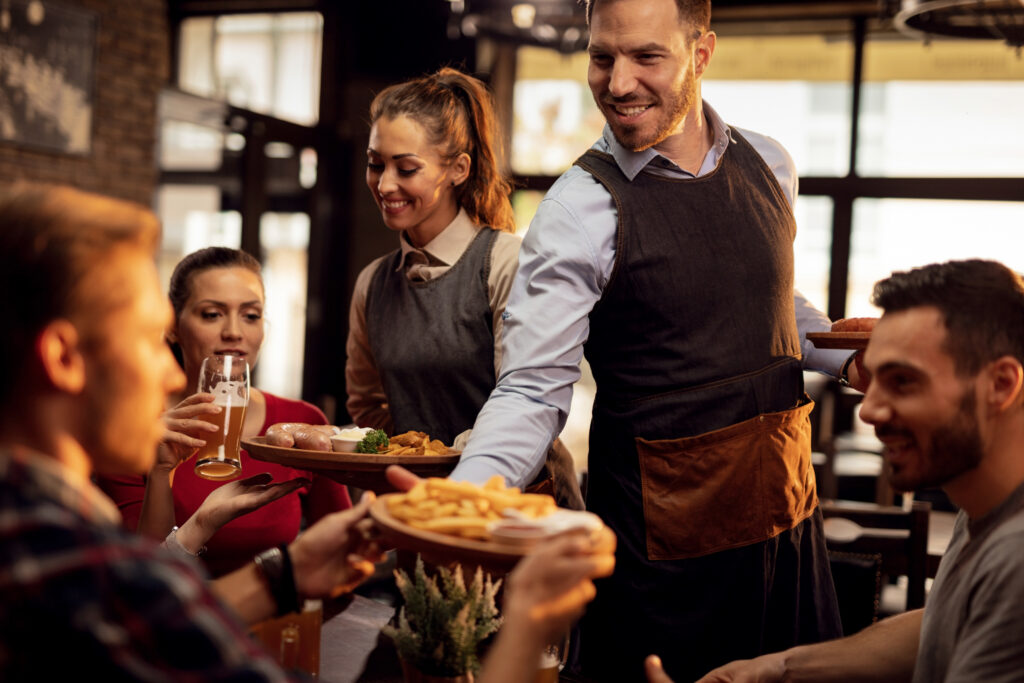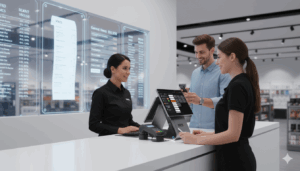Walking into Maria’s restaurant was like attending a funeral. I’m serious. February in Chicago, sleet hitting the windows like angry pebbles, and I’m standing in this gorgeous little place that should’ve been packed for lunch. Instead? Ghost town. Complete ghost town.
Maria’s this tiny lady, probably been cooking since she was knee-high to a grasshopper, standing behind an empty counter wiping the same spot for the hundredth time. She looks at me with these tired eyes and I can tell she’s about ready to throw in the towel.
“Look at that line,” she says, pointing across the street through the rain. “Every single night. Their food’s terrible—microwaved garbage. My abuela’s recipes are rolling over in their graves.”
I’ve been doing this for seventeen years now, and I hear this same sob story constantly. Amazing cook, family secrets passed down through generations, restaurant emptier than my bank account after Christmas. The thing is, food’s never the real problem. Never.
You want to know something depressing? Sixty percent of restaurants don’t make it past year one. SIXTY PERCENT. Most owners blame everything except the obvious truth—nobody knows they’re there. You’re sitting here wondering how to attract more customers to a restaurant, and Maria’s disaster-to-success story might just save your butt.

Social Media That Made Me Physically Cringe
Maria whips out her phone to show me her Instagram. Mother of pearl, it was worse than my uncle’s vacation photos. Every single picture looked like someone photographed cafeteria food under interrogation lighting. Brown meat on white plates. No context, no personality, just sad food floating in digital purgatory.
“How’s this working out for you?” I asked.
“It’s not,” she admits, scrolling past another tragic enchilada photo.
Right then and there, I grab her phone and prop it against a jar of pickles. “Make tortillas. Talk while you do it. Pretend I’m not here.”
So she starts working the masa, and naturally begins telling me about being a kid in Guadalajara. How her grandmother’s kitchen was smaller than most closets, but it smelled like heaven—cumin, wood smoke, fresh lime. How she learned to tell when masa was ready just by touch, same way her abuela did.
That video went absolutely bonkers. Shared two hundred times in three days. Comments from people who’d never stepped foot in her place, all wanting to know her story.
Three months of real content:
- Followers jumped from pathetic to 2,800 actual neighbors
- TikTok videos regularly hit 10,000+ views
- Customers started showing up asking for “the grandma from the internet”
We got clever with customer involvement too. Anyone posting meal photos with her hashtag got entered for free dinners. Boom—suddenly thirty locals were marketing for her every week, and their friends trusted those authentic posts way more than any fancy ad.
Research proves restaurants with decent social media pull 33% more walk-ins. But forget the polished nonsense. Real stories and genuine moments win every time.
Google Completely Ignored Her Existence
Here’s the embarrassing part. Maria never claimed her Google listing. When she finally searched for her own restaurant, it popped up on page three with wrong hours and a blurry photo that looked like someone sneezed while taking it.
Page three might as well be Mars.
One boring Tuesday, we tackled this mess:
- Uploaded actual decent photos instead of blurry disasters
- Started casually asking satisfied customers for reviews
- Got her properly listed everywhere people actually search
Results knocked us both sideways:
Google Transformation Results:
What Changed | Starting Point (Awful) | Six Months Later |
Search ranking | Page 3 nobody-land | Usually top 3 spots |
Reviews monthly | 2-3 pity reviews | 20+ legitimate ones |
Online customers | 1 out of 10 maybe | Nearly 50% of business |
Bright Local’s research nails it—87% of folks read reviews before trying new restaurants. Your online reputation isn’t optional marketing fluff anymore. It’s literal survival.
She Quit Chasing Phantoms and Loved Her People
Month four, Maria had her lightbulb moment. She’d been killing herself trying to attract random strangers while basically ignoring customers who actually showed up. Backwards as a three-dollar bill.
Everything flipped. Roberto the plumber? She remembers he wants extra cilantro and no onions. The Martinez family’s weekly dinner? The server knows exactly how they like their kids’ quesadillas cut. Anniversary couples automatically get surprise desserts.
Simple stuff, right? Wrong. Customers who feel genuinely connected spend 130% more than folks who just think your food’s decent. Maria’s regulars turned into walking advertisements, dragging relatives and coworkers in without being bribed.
The magic wasn’t in marketing tricks—it was treating people like human beings instead of walking wallets.
Team Up Instead of Fighting Everyone
This changed everything for Maria. Instead of viewing nearby businesses as mortal enemies, she started thinking about partnerships. That fancy hotel four blocks away? Mutual referral system. The craft cocktail joint next door? Joint events every weekend.
Partnerships that actually paid bills:
- Weekly lunch deals with the accounting firm upstairs
- Catering arrangements with three different wedding planners
- Pre-show dinners with the theater district crowd
- Late-night options for bar hoppers looking for real food
Restaurants playing nice with others see 28% better revenue growth than lone wolves. Obviously—why fight over 150 customers when you can share access to 600?
Her Menu Accidentally Killed Sales
Maria’s original menu looked like someone vomited text onto paper. Microscopic fonts, zero personality, prices scattered randomly. We rebuilt it as the sales weapon it should be.
Adjustments that moved money:
- High-profit dishes went where eyeballs land first
- Descriptions told actual stories (“Great-aunt Rosa’s three-day mole that made grown men weep”)
- Psychology pricing with expensive anchors making regular items look reasonable
- Rotating specials creating urgency for return visits
Well-designed menus boost average tickets 20% without touching recipes. Not manipulation—helping customers find what they’ll genuinely love while you profit.
Fast-forward to now, Maria’s weekend problem is managing reservation lists. Her restaurant transformed from morgue-quiet to neighbourhood favourite status. No revolutionary secrets—just understanding that attracting customers to a restaurant means building real relationships, not hoping good food magically creates crowds.
Your empty tables aren’t permanent fixtures. Pick one strategy that doesn’t make you want to hide under the covers, test it for fourteen solid days, then layer others gradually. Those customers exist—they’re just waiting to discover why your place deserves their time and money.
Enough waiting for miracles. Pick something from this list and make it happen before Sunday night. Your future favourite customers are actively searching for exactly what you offer right now—help them find you instead of your competition.
FAQs
Google Ads let restaurants show up right when hungry people are searching for places to eat or order food near them. By targeting specific local searches (like "pizza delivery open now" or "best burgers near me") and showing ads during peak meal times, restaurants attract ready-to-order customers instead of just random people browsing the web.
The biggest mistakes include targeting too broad an area (paying for clicks from people too far away), bidding on generic keywords (like "restaurant" or "food" instead of menu items and local terms), sending traffic to the wrong webpages (like a homepage instead of the menu or order page), and not tracking real results like calls, orders, or reservations.
Budgets depend on the location and competition, but even modest ad spend can bring in new customers when campaigns are set up correctly. What matters is tracking key metrics (like cost per new customer, actual orders, and reservations) rather than just clicks, to make sure you’re paying for real results and not just website traffic.



